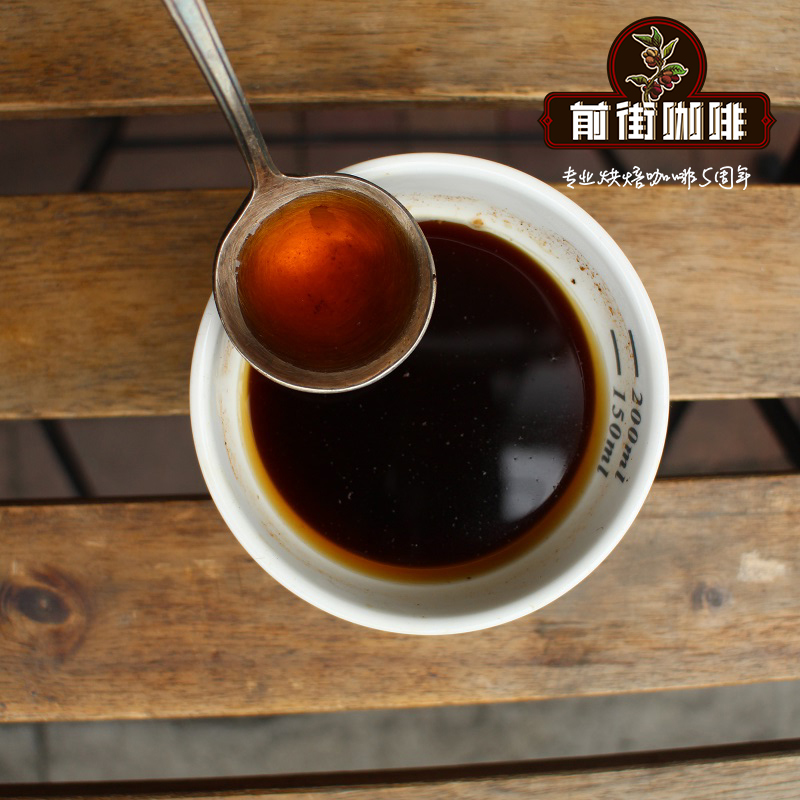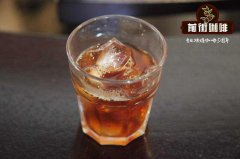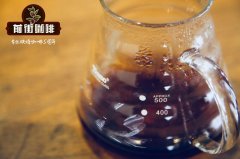Costa Rica La Lajas Manor introduces how to make Costa Rican coffee?

Professional coffee knowledge exchange more coffee bean information please follow the coffee workshop (Wechat official account cafe_style)
Among the exquisite sun and honey treatments that are quite popular in Costa Rica, La Lajas Manor is one of the first estates to begin systematic research and treatment, and has been a favorite coffee farm for global buyers for many years. La Lajas Manor is now jointly run by the third-generation manor owner Francisca Cubillo and his wife Oscar. The estate is located in the Central Valley producing area (Central Valley), not far from the capital, quite close to the Poas Volcano volcano, with an annual output of about 55200 kg at an altitude of 1,250 Murray 1500 meters.
Many years ago, Francesca, the owner of the manor, had been hoping to improve the flavor of the coffee in the manor. at that time, the vast majority of coffee farmers in Costa Rica generally adopted the traditional washing method to meet the needs of the American and European markets. therefore, the manor owner began to study and improve a lot of equipment in the manor to better meet the needs of sun and honey-treated coffee. During the harvest stage, the landowner used the sweetness detector (BRIX) to screen the red fruits of coffee up to the standard, and set up his own washing treatment station for coffee treatment, and finally placed it on the African scaffolding for follow-up exposure.
In the coffee processed by La Lajas, the owner of the manor divides the honey-treated and sunburned coffee into many different items according to the expression of flavor. Costa Rican farmers mostly use the peeling machine at the water washing station to control the amount of residual flesh, but the La Lajas estate decided to use a different way. In other words, the highest percentage of the pulp is retained but the exposure and turning time on the African scaffolding is controlled to show different coffee flavors. in the honey treatment, the manor divides the coffee into yellow honey, red honey and black honey.
Qianjie recommended cooking parameters:
Hand punch: V60 filter cup small Fuji R440 grinding 3.5, water temperature about 90 degrees
The recommended grinding degree of normal pressure is 4 and the water temperature is 90 ℃.
The recommended siphon grinding degree is 4, and the water temperature is 90 ℃ ~ 91 ℃.
The pressure grinding degree of Philharmonic is recommended to be 3.5, and the water temperature is 90 ℃.
Important Notice :
前街咖啡 FrontStreet Coffee has moved to new addredd:
FrontStreet Coffee Address: 315,Donghua East Road,GuangZhou
Tel:020 38364473
- Prev

La Bella Manor of Guatemala introduces how to drink Guatemalan coffee?
Professional coffee knowledge exchange more coffee bean information please follow the coffee workshop (Wechat official account cafe_style) the Las Minas Mountains are located in eastern Guatemala, there are countless treasures belonging to Guatemala. In addition to the natural forest ecosystem and wildlife, it is rich in gold and jade veins, making the treasures of the Las Minas Mountains famous in Central America. To protect this mountain forest,
- Next

Costa Rican Holy Cross Manor introduces how to make coffee hands in Costa Rica?
For more information on coffee beans, please follow the Coffee Workshop (official Wechat account cafe_style). The Zamora Picado family started the coffee business in the 1970s, when the owner Mr. Egidio Zamora Navarro grew coffee in the tiny block of Alto Canet, the location of the present Holy Cross Manor, Tarazu. Now the Holy Cross Manor is satisfied
Related
- Does Rose Summer choose Blue, Green or Red? Detailed explanation of Rose Summer Coffee plots and Classification in Panamanian Jade Manor
- What is the difference between the origin, producing area, processing plant, cooperative and manor of coffee beans?
- How fine does the espresso powder fit? how to grind the espresso?
- Sca coffee roasting degree color card coffee roasting degree 8 roasting color values what do you mean?
- The practice of lattes: how to make lattes at home
- Introduction to Indonesian Fine Coffee beans-- Java Coffee producing area of Indonesian Arabica Coffee
- How much will the flavor of light and medium roasted rose summer be expressed? What baking level is rose summer suitable for?
- Introduction to the characteristics of washing, sun-drying or wet-planing coffee commonly used in Mantenin, Indonesia
- Price characteristics of Arabica Coffee Bean Starbucks introduction to Manning Coffee Bean Taste producing area Variety Manor
- What is the authentic Yega flavor? What are the flavor characteristics of the really excellent Yejasuffi coffee beans?

